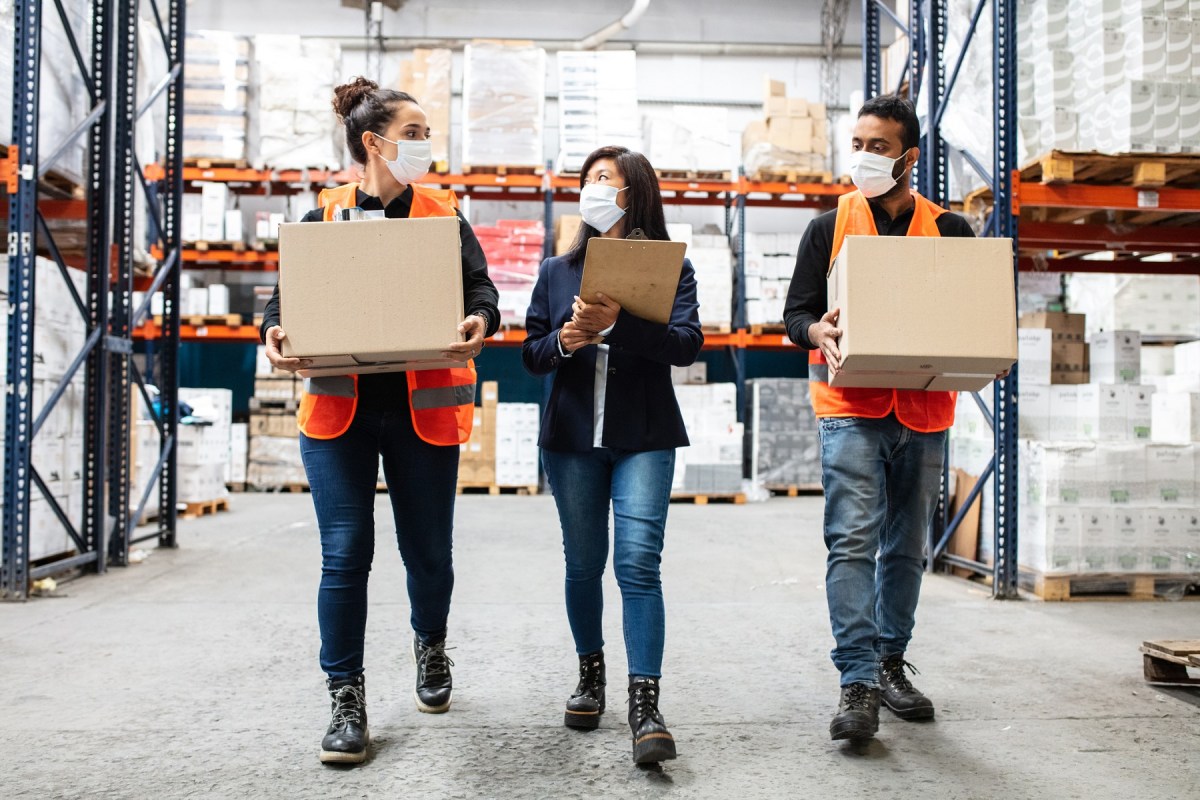Nearly nine in 10 warehouse operators agree they must implement new technology to be competitive in the on-demand economy, with 80% confirming the pandemic has prompted them to evolve and modernise more quickly, according to a new global Warehousing Vision Study by Zebra Technologies.
Those in the Asia Pacific region feel the pressure to modernise almost as much as the others around the world, with about three-quarters of APAC decision-makers saying the pandemic has prompted them to make changes.
They’re turning their focus and spending toward technologies that support workforce augmentation and workflow automation. For example, more than nine in 10 operators in all regions, including APAC, indicate they will increase the use of wearables, mobile printers and rugged tablets over the next few years, along with mobile dimensioning software that automates parcel and carton measurements.
In addition, 27% of warehouse operators globally and in APAC have already deployed some form of autonomous mobile robots (AMR) today. Within five years, that number is expected to grow to 92% in APAC and 90% worldwide.
Decision-makers are struggling to maintain inventory accuracy and visibility, and admit they’re expected to deliver orders faster to keep up with the on-demand economy, with rising transportation costs taking their toll on over 40% of warehouse operators spanning manufacturing, transportation, wholesale distribution, logistics and retail. Respondents indicate shipping volumes have increased more than 20% on average over the past two years.
Warehouse operators are viewing these challenges as catalysts for change and growth. Between now and 2025, more than eight in 10 expect to increase the number of stock-keeping units (SKU) they carry and the volume of shipped items. They also plan to expand returns management operations, offer more value-added services, and increase their physical footprints, with both the number and size of warehouses increasing.
While 61% of warehouse operators globally also want to increase headcount within the next year to right-size their workforces, they admit finding (55%) and training (54%) workers in a timely manner remain big challenges. This is especially true in APAC where 53% report difficulty finding workers and 59% indicate training is challenging. As a result, over eight in 10 decision-makers around the world agree they will have to rely more on automation in the future.
While most warehouse operators worldwide will deploy AMRs for person-to-goods (P2G) picking, material movements and other automated inventory moves, more will invest in software that helps automate analytics and decision-making. In APAC, 95% of decision-makers indicated this willingness to invest in such software in a bid to raise worker effectiveness and efficiency and reduce labour costs, outpacing the global average by just a bit (94%).

